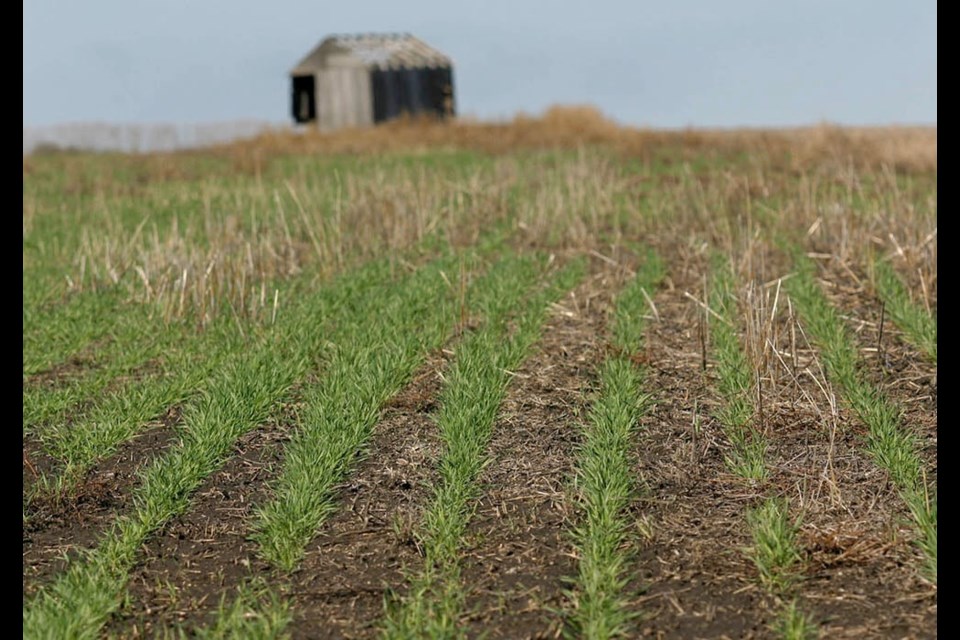WESTERN PRODUCER — The U.S. winter wheat crop is off to a good start.
“For the first time in three years there’s a little bit of optimism,” said Kansas Wheat chief executive officer Justin Gilpin.
Crop condition ratings show that 47 per cent of the U.S. crop was in good to excellent condition as of Nov. 12, compared to 32 per cent a year ago.
The crop is 93 per cent planted, which is in line with the five-year average.
In Kansas, eight per cent of the state was experiencing extreme or exceptional drought as of Nov. 12, compared to 56 per cent a year ago, according to the U.S. Drought Monitor.
Planting was ahead of schedule in the largest winter wheat-producing state.
“Farmers have been able to get in the field, and the temperature (was) above normal,” he said.
Crop emergence has been better than it was the past couple of years due to decent soil reserves.
The wheat is tillering before dormancy.
“For the first time in three years we’ve been able to get the wheat crop up,” he said.
It’s a similar story throughout the entire southern Plains region. Crops are also off to a better start than the past couple of years in Oklahoma and Texas.
However, it has been dry since planting. There hasn’t been any rain in western Kansas for 40 days and in the central portion of the state for 20 to 30 days.
No area has received more than 2.5 millimetres of precipitation during that stretch.
Rain was in the forecast for the weekend starting Nov. 18, with meteorologists calling for six to 12 mm of moisture.
“If we get that, people would be really excited,” Gilpin said in a Nov. 16 interview.
“Everybody has their fingers crossed.”
The USDA is scheduled to release its first winter wheat acreage estimates in January.
Gilpin thinks seeded acreage in Kansas will be similar to last year, at about 8.1 million acres.
Plantings in Oklahoma and Texas may be up a little bit, but that is likely due to an increase in acres set aside for cattle grazing due to soaring cattle and feed prices, he said.
The market will be paying close attention to the harvested acreage number in those two states in 2024.
Ending stocks of hard red winter wheat (HRW) for 2023-24 are forecast at 7.6 million tonnes, which while higher than last year’s 6.4 million tonnes, is still well below the five-year average.
“The market is really hoping for a rebound in (hard red) winter wheat production to try and dig us out of this hole,” said Gilpin.
By comparison, soft red winter wheat (SRW) ending stocks are forecast at four million tonnes, the highest level since 2018-19 due to a huge crop this year.
That has led to big price premiums for HRW over SRW, although those have narrowed in the last month due to a strong SRW export program.
It has been one of the bright spots in an otherwise dismal U.S. wheat export program.
Gilpin noted that while the HRW crop is off to a better start, the tale will really be told in the critical March through May 2024 period.
Contact [email protected]
SASKTODAY.ca is Saskatchewan's home page. Bookmark us at this link.

